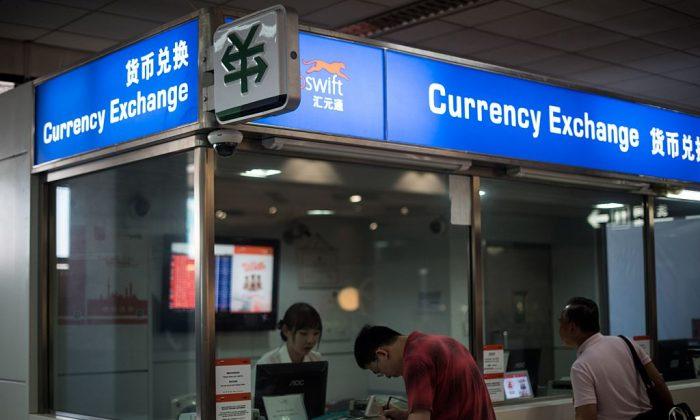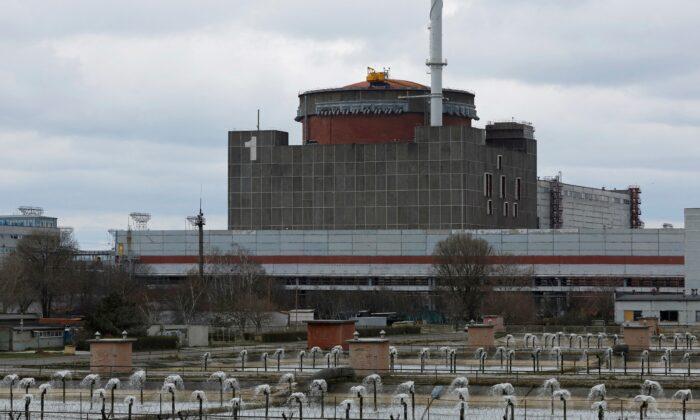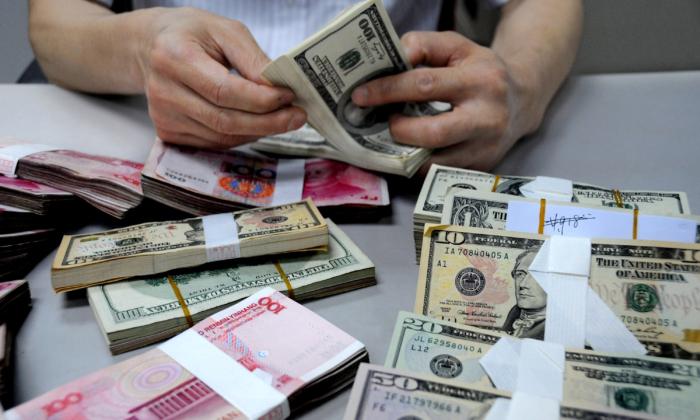On Jan. 10, the London Metal Exchange (LME), owned by Hong Kong Exchanges and Clearing Ltd. and located in London, England, released the final report of an independent investigation into last year’s nickel meltdown. On Jan. 12, the media revealed that UK regulators had questioned the LME’s ability to halt its plans to restart Asian trading hours.
On Jan. 10, the LME published on its website the final report of an independent review by Oliver Wyman into the March 8, 2022 nickel scandal, along with the LME’s response. The independent review concluded that two factors led to the suspension of nickel trading in March last year, namely, the lack of understanding by the LME of the large number of short positions that had already accumulated in the market prior to the event.
Short position means an investor borrows stocks that they sell and then buy when the stock price falls. A futures contract is an agreement to buy or sell a commodity at an agreed time and price. The seller of a futures contract would be in a short position.
The first factor was that the fragmentation of counterparty positions held on and off by the LME reduced the visibility of risk. The second factor was that the LME required members to provide information on their positions, but the restrictions were too lenient to prevent the accumulation of large positions. The report also suggests that the LME’s control of nickel price volatility is flawed and lacks a meltdown mechanism to stop price spikes.
The independent review devoted a quarter of its report to the March 2022 nickel meltdown and the related events leading up to and following it. In short, last year, nickel prices surged from about $27,000 per ton in three trading days to more than $100,000 per ton on March 8, an increase of 270 percent.
In its official response to the independent review, the LME listed the recommendations it received as three-fold: first, to expand the mandate of its risk control function and tighten the regulations to monitor over-the-counter (OTC) risks; second, to improve its ability to manage and control extreme events, such as the ability to control large price fluctuations and to establish mechanisms for how to operate during extreme events; and finally, to rebuild market confidence, involving improving member perceptions, improving the resilience of clearing proceeds, and providing a clear vision of how the LME will handle events and reshape liquidity. The LME also reiterated the scope of the independent review it had commissioned from Orwell Consulting, which did not include the processes and management of the LME and its clearing house (LME Clear) in handling the incident, that is, there was no investigation into why trades were suspended and canceled during the nickel meltdown incident.
No Mention of the Protagonist in the ‘Nickel Meltdown’
The independent review does not directly mention who held the large short positions (making a large profit by short-selling a stock) in the nickel meltdown, other than citing Bloomberg’s Feb. 14, 2022 report that Tsingshan Holding Group and several of its Chinese counterparts were the industry’s “mystery holders,” holding large short nickel positions and at risk of a run on them. So far, various global media outlets reported that Tsingshan Holding Group is the main protagonist in the incident.As reported by the CCP’s state media First Financial, the nickel meltdown incident was “the biggest crisis since the establishment of Tsingshan Group.” On March 9, 2022, First Financial also reported that after the nickel meltdown, Chinese and foreign investment banks were required by the CCP regulators to report their overseas exposures.
On Dec. 6, 2012, Hong Kong Stock Exchange (HKEx) acquired the LME at a premium, and Charles Li, then CEO of HKEx, called the acquisition “a once-in-a-century opportunity.”
Plans to Restart Asian Trading Hours Halted
In an LME response document released on Jan. 10, the LME said that it was committed to taking all necessary steps to restore confidence in the market. Two days later, Reuters released exclusive news revealing that the UK financial regulator had halted the LME’s plans to restart trading in nickel futures in the Asian trading hours due to doubts about the LME’s ability to still operate a stable Asian trading hour in the early morning hours in London. As a result of this news, the price of nickel fluctuated, and on one occasion, by more than 8 percent.As early as Nov. 28 last year, the LME expressed its hope to restart Asian trading hours in two weeks. Currently, in the LME’s electronic system LME Select, copper, aluminum, zinc, and lead futures trading starts at one a.m. London time, but nickel futures open at 8 a.m. London time, which corresponds to 4 p.m. Beijing time, making arbitrage trading more difficult and nickel prices more volatile.
In a March 30, 2022 report on the consequences of the LME’s handling of the nickel meltdown, the Chinese website China Observer said, “In this nickel futures fight on the LME, the Tsingshan Holdings Group survived, but the LME’s 100-year reputation was ruined.” In addition, the report also summarized several aspects that needed to be improved for the Shanghai Futures Exchange (SHFE) to replace the LME in the future.
The LME suspended nickel trading from March 9, 2022, and simultaneously canceled all over-the-counter and LME Select screen trading at 00:00 a.m. UK time on March 8, 2022, and thereafter. In addition, the LME has postponed all nickel contracts signed before the resumption of trading on March 16, 2022, and for settlements between 16 and 22 days, until March 23, 2022. Settlement is a futures term that refers to the closing of a transaction after delivery and payment.
The LME’s emergency suspension of nickel trading has been described in the Chinese media as “unplugging,” that is, restricting user trading at a critical time, which is tantamount to saving Tsingshan Holdings Group.





